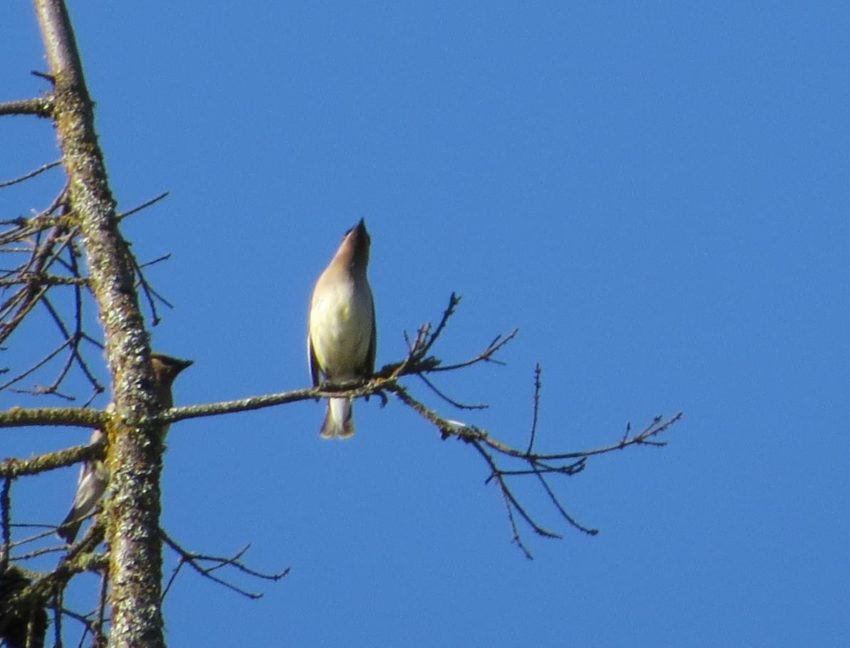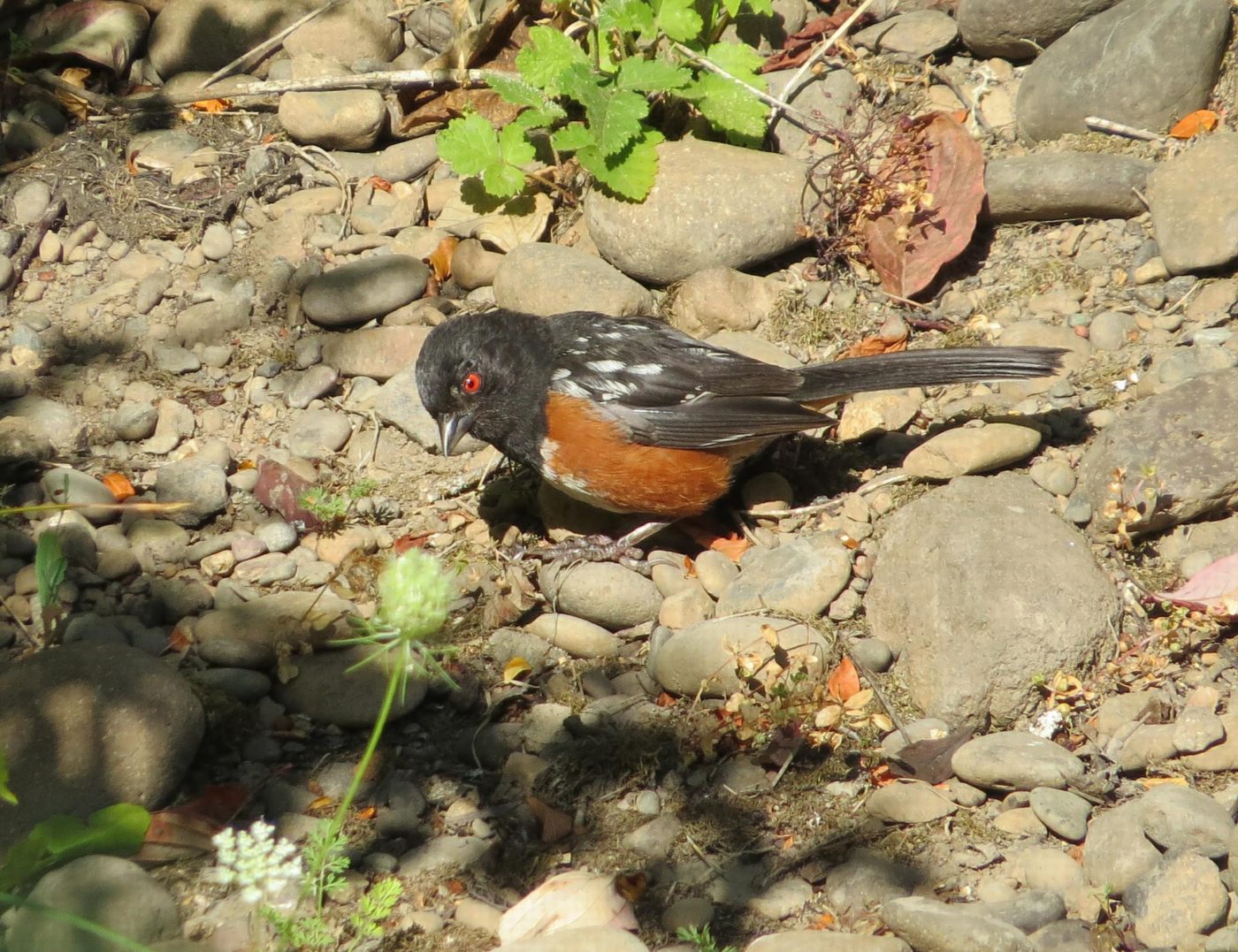This gallery contains 3 photos.
Testing photo uploading for BLOG
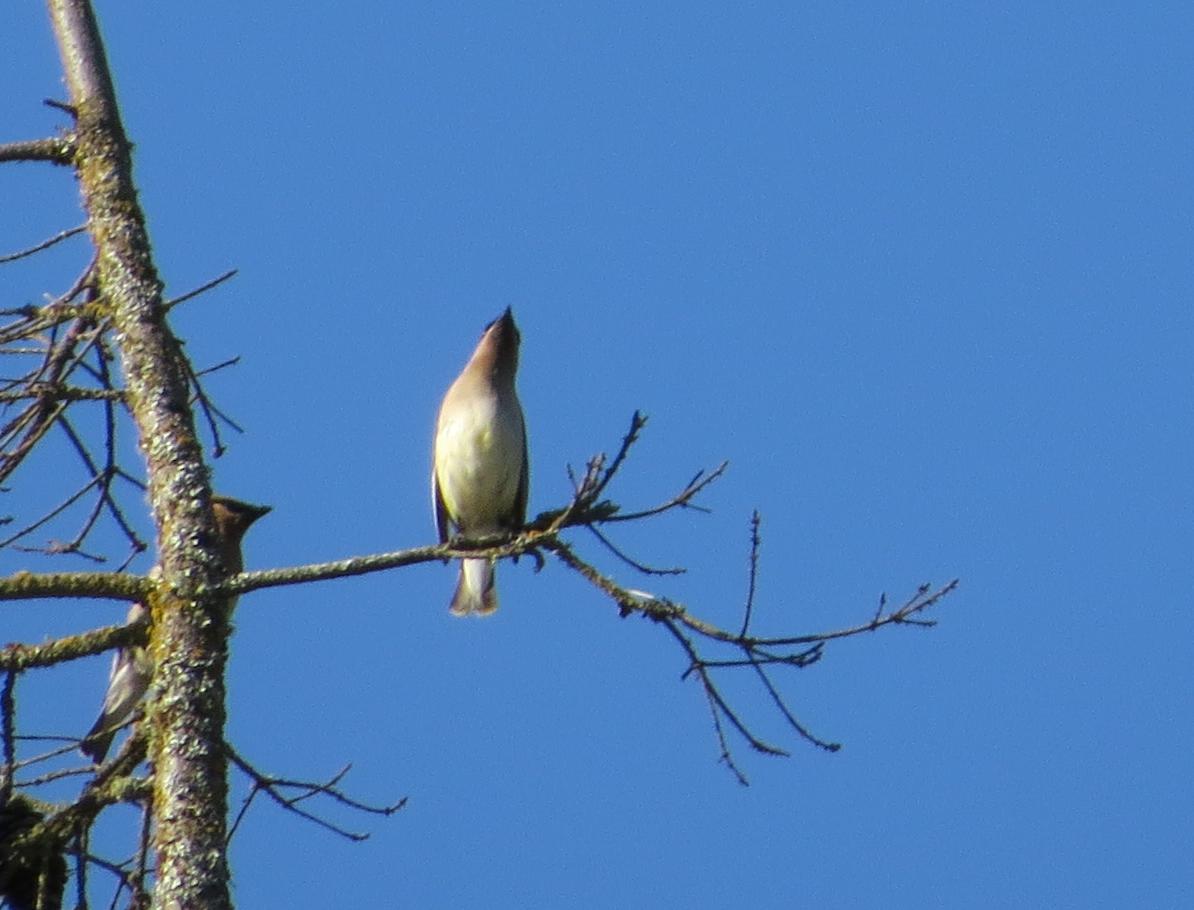
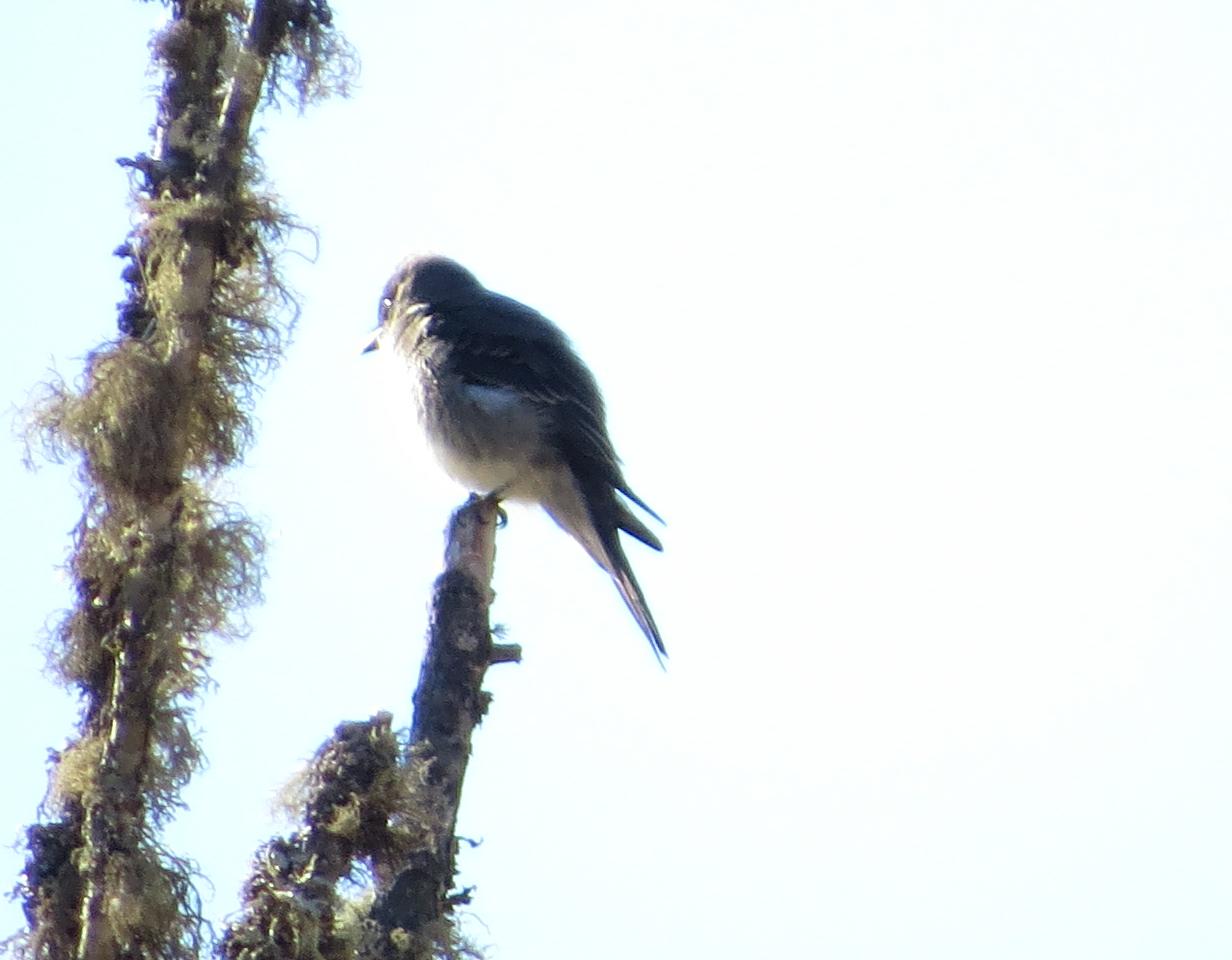
Unknown Flycatcher
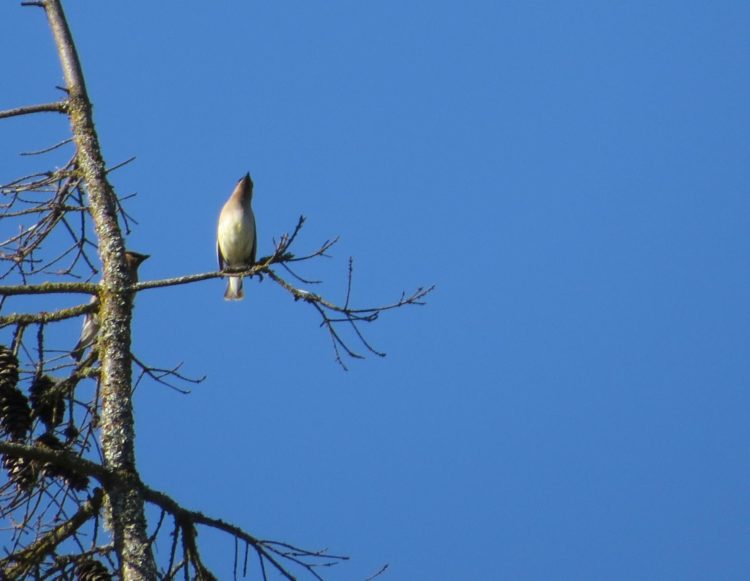
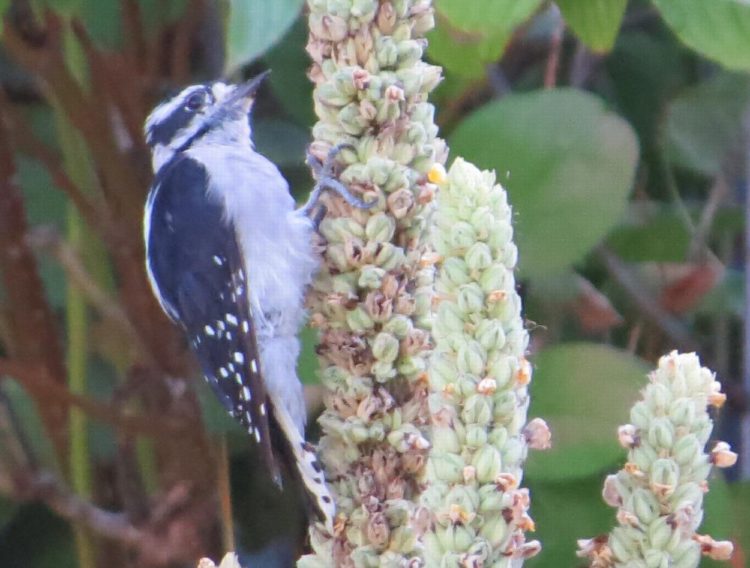
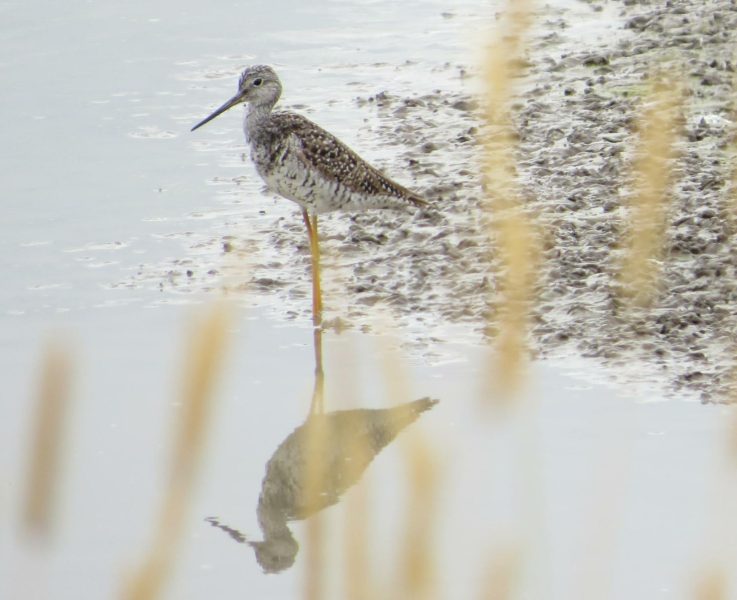
July 23, 2015 Tentative plan for Bird Walk (BOGS)
eBird – What I have used it for
First of all, I should mention that eBird is an international database of bird sightings hosted by Cornell. There are reviewers who go through any unusual bird reports and make an effort to determine their validity. So not just every sighting that people report ends up in the database. And if anything odd does get into it, as more and more sightings get recorded in eBird, any spurious reports have less and less weight relative to the valid sightings. I am not going to argue about these kinds of things. These and various other issues have been discussed on OBOL at length by the highly experienced birders and record-keepers who are deeply concerned about such things. A search of the OBOL archives would probably give you plenty to read on such topics.
Here is a list of SOME of the things you can do with eBird:
- Enter your own observations into eBird to add to the international database of records.
- Use the Bar-Charts to see the full year likelihood of seeing any of the birds known from any particular hotspot or county or state, or Bird Refuge or Conservation area, or even in a personal birding area. At a glance one can see that Burrowing Owls for example are rarely seen outside of November through February in the Willamette Valley of Western Oregon, where I live.
- Use the Range-and-Point Maps for any particular species to determine when and where that species has been seen. This can be narrowed to a particular place or hotspot or broadened to county or state-wide. This kind of research is what I have done the most with eBird. By changing the date range setting, one can use this to see when a wintering bird has stopped being reported in previous years. Or one can look at the current month(s) of the current year to see if it has arrived yet or if it has already left the region.
- Check the “Overview” list of birds in order from most recently seen at the top for any state, county or hotspot. This list is made after the reviewers have eliminated sightings which are unlikely and which have not been verified, so this is data which comes out of the official database. The reviewing process takes some time so this list is typically about one day behind the calendar date. For each species listed, if you are registered with eBird, you can see the name of the person on whose checklist each bird appeared. By clicking on that persons name you can see their full checklist for that particular birding trip and a map showing its location.
- Check the “Recent Visits” which gives a list of observers (most recent at top) who have submitted a checklist for the state, county or hotspot you have selected to view. This list includes the observer’s name, the specific location they birded, the date and time of their report and the number of species they saw and/or heard. Clicking on the date of any of these will give you their full checklist for that visit.The Recent Visits list is the freshest data available as it has not yet been reviewed. If you want to get the first news of a bird sighting, this is the list to watch.
As a birder/photographer, I select a few “target species” which I want to photograph and I watch the “Recent Visits” to the county I live in (Lane county, OR, USA). (I will be posting detailed instructions how to do this in a later post soon). I check “recent visits” several times a day if I get the chance, to see if any of the birds I have a special interest in have been reported in my region. I was able to photograph a Horned Grebe in breeding plumage this way in March this year, and this species does not breed in Oregon. In fact, it generally migrates along the coast so very few of them are seen inland, and only during their migration.
I will give the details of some of the searches of the above types in subsequent posts. Those specifics will make the process of using eBird much more clear to you so you can do your own research.
Does the world need one more person on a soapbox?
Seriously, I created this blog mostly to give visitors to my bird-photo website a place where they can post comments. There was no easy way to do that with the website building program I used for most of my website (Serif’s WebPlus X6), and I certainly didn’t know how to code that sort of thing myself, so I used the WORDPRESS blog feature provided by my web-hosting service (DREAMHOST).
So, please, add comments when-ever and where-ever you wish. I have not come up with any way to associate the comments posted here with specific BOGS photo albums or trip reports, so you will just have to mention in your comments, which album or trip report or birding trip photos you want to comment on.
Even though I created this blog to allow visitors to post comments about my bird-photography, I will undoubtedly use this blog to write articles on subjects of interest to me. You can of course post comments on those too!
Sincerely,
Priscilla
